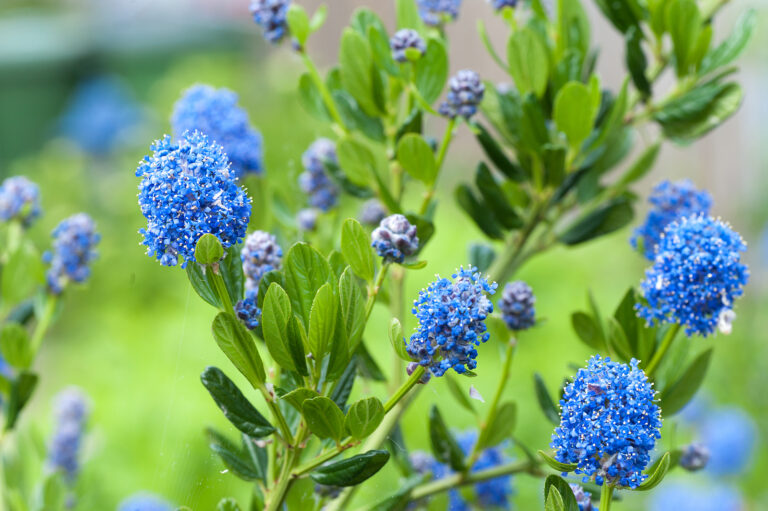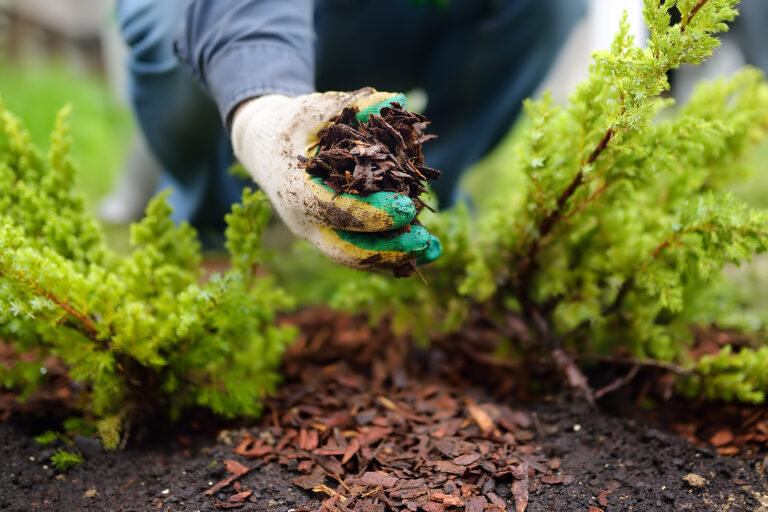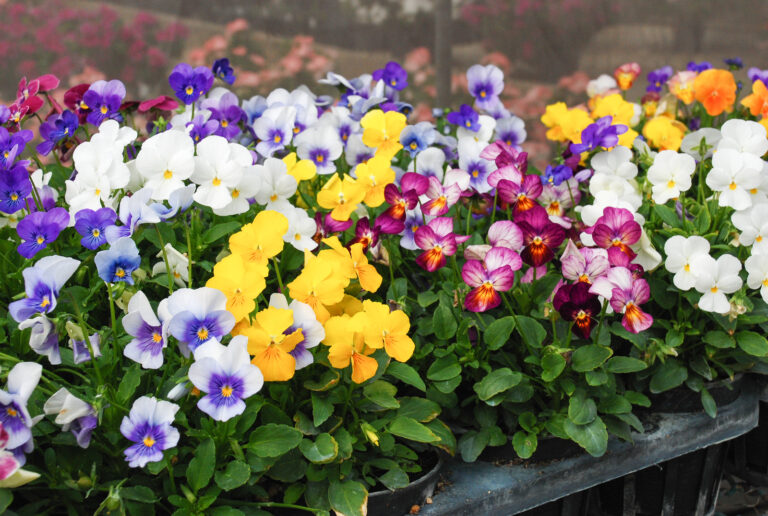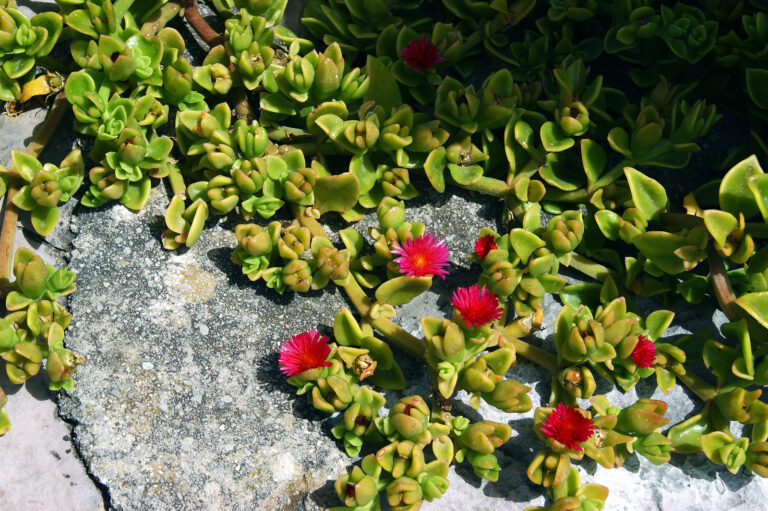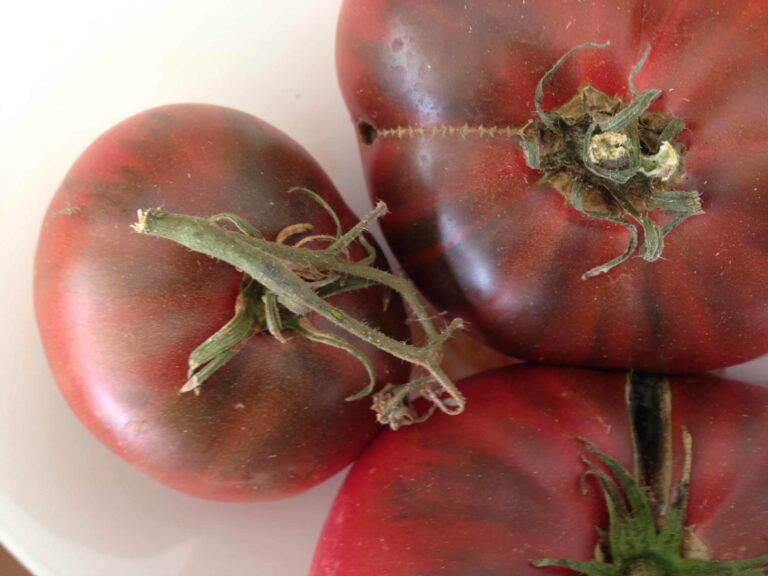May Flower Garden Tips Zone-by-Zone
May is the month most gardens begin to look more and more like the summer garden. By mid-month, most warm-season annuals and perennials can be sown or transplanted out in most gardens without worry. May is the month to get shrubs and trees planted; you want these big-rooted plants to get a foothold before the summer heat arrives.
Where winters are short and spring is long, spring-blooming trees and shrubs may be finishing their bloom. Now is the time to give these plants a boost with a liquid organic fertilizer; this will help them recover from early growth and prepare for summer growth.
Where winters are long and spring has brought snow, the soil will begin warming this month and this is the time to get planting beds prepared for the coming season. Remove winter mulches, add aged compost or commercial organic planting mixes to new beds and around existing shrubs and over-wintered perennials. Get annuals and perennials started now for setting out early next month.
Where ever you garden, May is the month to get growing.
Here is a zone-by-zone to-do list for May. You’ll find planting and garden care tips for trees and shrubs, perennials, annuals, bulbs, the lawn, and container gardens for your region.
Use the USDA Hardiness Zone Map below to check your zone if you are unsure.
If you are unsure when the last frost in spring happens where you live–and when the first frost in autumn comes. Go to this post: Average Last and First Frost Dates for Cities, States, and Countries. The months between the last frost in spring and the first frost in autumn is the natural growing season for your region.
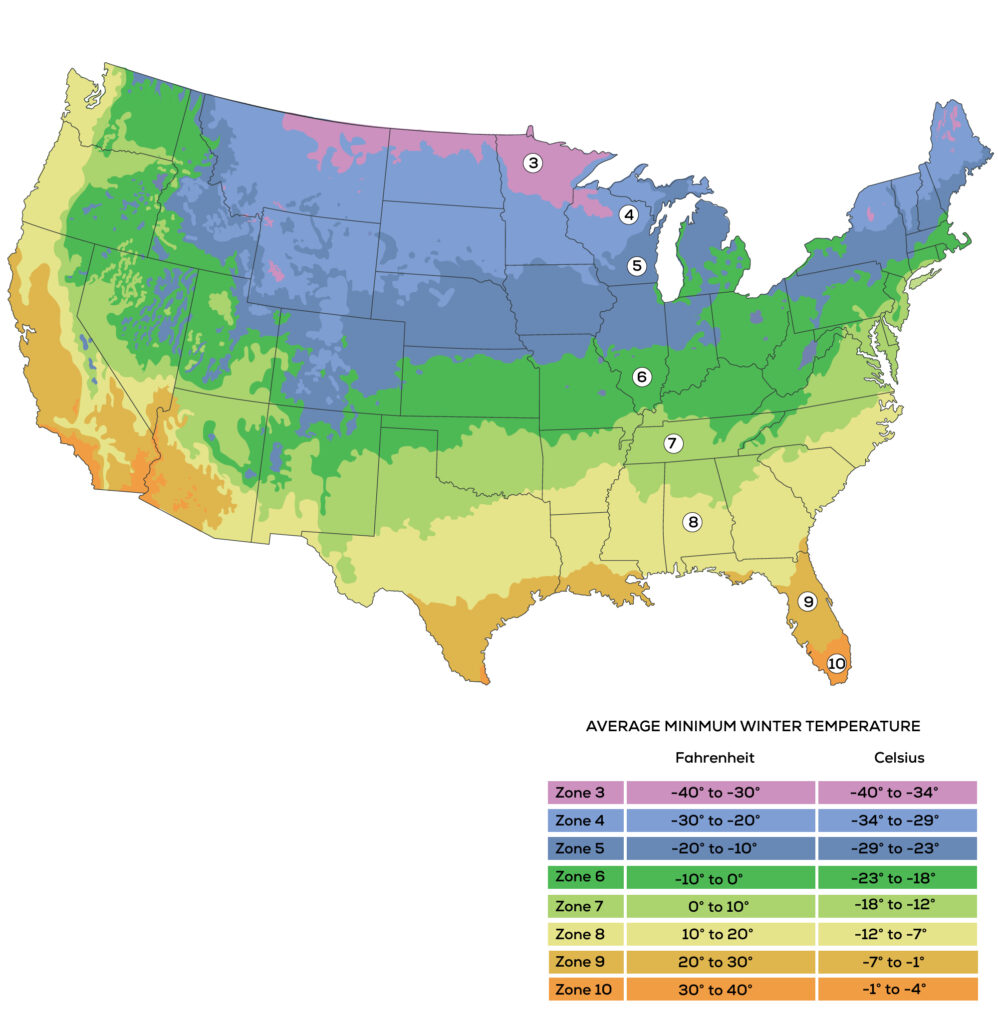
Tips for Zones 9-11:
General Tasks: Summer mulch beds, borders, trees, and shrubs to retain moisture and keep down weeds. Be sure to water in dry areas. Keep the garden free of weeds. Keep a lookout for pests and diseases and treat problems immediately.
Trees: Prune shade trees. Prune tropical and subtropical plants. Shear fine-needled evergreens. Remove trees that are weak, rotted, or tangled in utility wires. Plant container-grown trees and balled-and-burlapped trees, including tropical and subtropical plants. Plant palm trees. Install supports for newly planted trees and water and mulch newly planted trees. Weed soil around trees and apply preemergent herbicide. Apply summer mulch. Check for insects, diseases. Fertilize palm trees. Take softwood cuttings from deciduous trees and shrubs and broad-leaved evergreens.
Shrubs: Remove faded flowers from shrubs. Deadhead and prune late-spring flowering shrubs when they finish blooming. Remove flower heads from lilacs and late-flowering camellias as soon as the flowers fade. Prune lilac, Philadelphus, Spiraea, and broom. Deadhead and prune late-spring flowering shrubs when they finish blooming. Prune formal hedges. Trim topiaries and espaliers. Prune tropical and subtropical plants. Train and prune vines. Plant container-grown shrubs, including tropical and subtropical plants. Weed soil around shrubs. Apply mulch for summer. Water if the ground is dry. Check for insects, diseases. Take stem cuttings of woody plans for rooting. Take softwood cuttings from deciduous shrubs and broad-leaved evergreens. Layer stems and vines for propagating.
Roses: Deadhead faded flowers; when deadheading cut back, to a five-part leaf. Remove side buds to encourage large single blossoms or remove terminal buds to encourage clusters of blossoms. Remove suckers from roses. Be sure to cut them off close to the rootstock. Prune climbers when they finish blooming. Prune back old canes of ramblers to the ground, after bloom. Remove suckers. Prune back very tall canes. Apply a rose fertilizer once the main flush of flowering is over. Feed roses lightly after their first bloom; use an organic liquid or granular fertilizer. Plant container-grown roses. Water once a week or as needed if the weather is dry. Watch for pests and signs of disease. Spray against aphids and other insect pests promptly if they are found. Remove and discard diseased leaves. Continue spraying regularly with a fungicide and watch for black spot, mildew, and rust. Weed around roses. Apply mulch for summer to keep weeds down and conserve soil moisture.

Lawns and Ground Covers: Mow and edge the lawn as needed. Take care not to cut too short, especially in hot dry weather. Don’t mow in very dry weather. Water regularly with a sprinkler, but first, check to see if there are any local watering restrictions. If necessary, apply nitrogen-rich liquid fertilizer to the lawn to make it greener and to encourage the grass to grow rapidly. Control broadleaved weeds by hand-weeding or by using suitable commercial weed-killers. Seed or sod summer lawn grasses. Water established lawns weekly in dry weather, new plants, and seeded areas as needed. Prune ground covers. Shear low-growing plants. Take ground cover stem cuttings for propagation. Layer ground cover stem cuttings for propagation. Plant ground covers. Cut back ornamental grasses to encourage new growth. Plant ornamental grasses. Check for insects, diseases.
Perennials: Cut flowers for fresh use or drying. Remove spent blooms. Pinch perennials as needed to control growth and encourage bushy growth. Thin out overgrown plantings. Prune back Arabis, Aubrieta, and perennial candytuft as soon as they have finished flowering. Pinch stem tips off chrysanthemums until mid-July. Thin out overgrown plantings. Divide and transplant summer- and fall-flowering perennials. Sow biennials and perennials, including Aubrietia, Coreopsis, delphiniums, and wallflowers. Fertilize plants as needed. Plant container-grown perennials and cacti; protect new plantings with shade cloth. Stake herbaceous plants. Plant chrysanthemums. Feed chrysanthemums every 3 or 4 weeks. Weed beds and borders if not mulched. Apply a summer mulch to retain moisture, keep down weeds. Water regularly, especially plants with buds or flowers. Water if the ground is dry and if leaves are wilted. Watch for pests and signs of disease.
Bulbs: Remove faded flowers. Remove yellowed foliage. Transplant and divide spring-flowering bulbs. Divide and transplant crowded narcissus after bloom but before the foliage dies. Dig and store bulbs that cannot tolerate wet soil in summer in a cool, dry location. Dig and store tulips and hyacinths when foliage matures. Continue to plant summer-flowering bulbs. Plant dahlias. Make succession plantings of gladiolus corms every two weeks for six weeks. Fertilize summer bulbs with an organic fertilizer. Put stakes in place for tall dahlias and gladiolus. Apply mulch for summer. Water as necessary.
Annuals: Cut flowers for indoor displays. Cut flowers for drying. Deadhead faded flowers. Cut back sweet alyssum and petunias to stimulate more bloom. Pinch back tall-growing plants. Clean up all beds containing plants exhausted after bloom. Replace with young plants of later summer bloomers, or sow the seed of hot-weather annuals. Continue to plant out annual bedding and fill baskets and other containers. Sow seed of summer annuals. Sow biennials such as wallflowers and forget-me-nots. Fertilize new transplants and sweet peas with liquid fertilizer. Thin seedlings. Train annuals vines on trellises or other supports. Put stakes in place for tall plants. Hang up and display any baskets that have been kept in the greenhouse. Mulch beds or keep them weeded. Water in dry weather. Put stakes in place for tall plants. Train annual vines on trellises or other supports. Watch for pests and signs of disease. Combat pests and fungal disease using organic means, applying insecticides and fungicides only if necessary. Place snail and slug bait and protect seedlings from birds.
Container Gardens: Deadhead faded flowers. Finish planting up containers and baskets. Water container plants daily or as needed. Feed plant in containers with liquid fertilizer. Watch for pests and signs of disease.
Greenhouse: Pot up and pot on seedling pot plants as it becomes necessary. Feed pot plants regularly. Try biological pest control for greenhouse pests. Take leaf cuttings of Sanitpaulas and Streptocarpus.
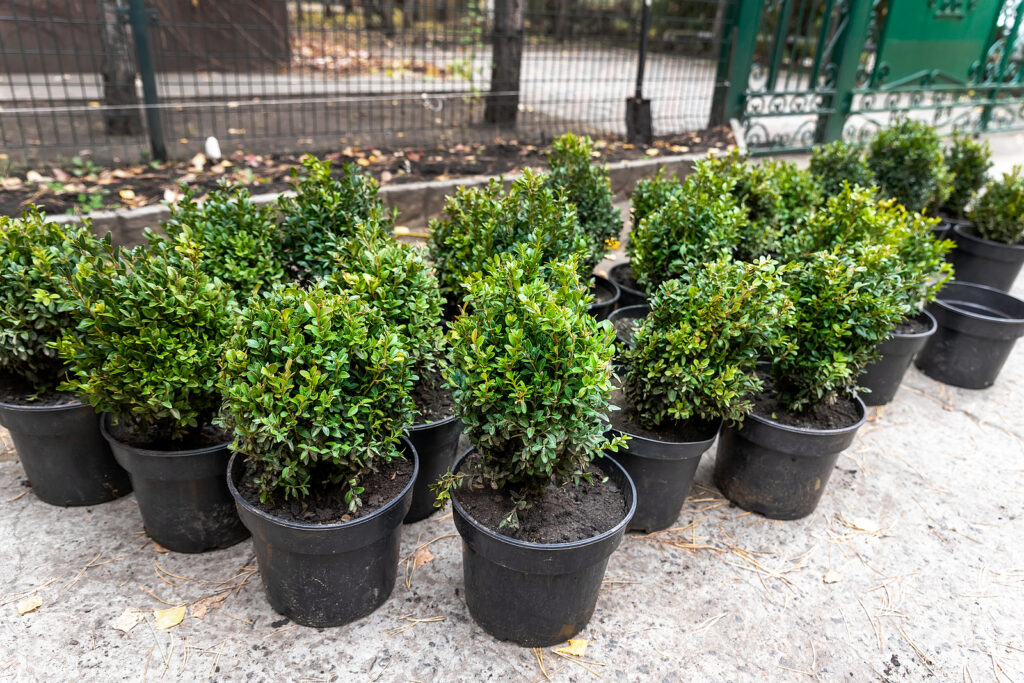
Tips for Zones 6-8:
General Tasks: Late spring can be deceptive. It often seems as though summer has already arrived, yet in cold areas, there can be late frosts. Take local climate into account before planting any frost-tender plant outdoors. even with experience, it can be a gamble as an untypical season might produce surprises. Judging when frosts are no longer likely is mainly a matter of assessing risk. A good guide is to watch when summer bedding is put out in local parks. These gardeners will have amassed generations of local knowledge of your area, which is by far the best guide.
Trees: Remove trees that are weak, rotted, or tangled in utility wires. Prune trees. Prune conifers in active growth. Prune shade trees and summer- and autumn-flowering trees. Shear fine-needled evergreens. Transplant trees. Plant bare-root trees. Plant container and balled-and-burlapped trees if the weather is not yet too hot. Install supports for newly planted trees. Water and mulch newly planted trees. Weed soil around trees; apply preemergent herbicide. Apply summer mulch; use acid material for acid lovers. Check for insects, diseases. Begin watering if the weather is dry. Watch for pests and signs of disease. Spray elm, hackberry, honey locust, and fruits for cankerworm.
Shrubs: Remove faded flowers shorten long shoots and thin out old and weak wood from spring-flowering shrubs such as Ribes, Kerrias, Pieris, and Spiraeas. Deadhead rhododendrons. Remove suckers from the bases of lilac trees. Prune shrubs grown for their decorative winter stems, such as willows and dogwoods. Prune spring-flowering shrubs after bloom; prune conifers in active growth. Prune forsythia and Ribes sanguineum when they are finished blooming. Prune summer- and autumn-flowering shrubs. Trim or shear formal hedges. Cut back newly planted hedges to encourage bushiness. Clip hedges of privet and Lonicera nitida. Train and prune vines. Transplant shrubs. Plant shrubs. Plant a hedge. Plant balled-and-burlapped, bare-root, and container-grown stock if weather is not yet too hot. Plant shrubs and climbers that are tender when young, such as arbutus, choisyas, Clematis armandi, Cytisus scoparious, hardy fuchsia, and hydrangeas. Train new shoots of clematis and other climbers; thin if necessary. Complete planting of evergreens. Take softwood cutting for propagation. Take stem cuttings of woody plants for rooting. Layer stems and vines for propagating. Layer shrubs and climbers such as Carpenteria, Fothergilla, Kalmia, Lonicera, and Syringa. Water if the ground is dry. Continue to water newly planted evergreens and hedges if the soil is at all dry. In hot weather, spray the foliage with water each evening. Weed soil around shrubs. Continue to weed bottoms of hedges. Apply mulch for summer. Mulch new and established plants; use acid material for acid lovers. Mulch heathers and young rhododendrons with shredded forest bark. Feed spring-flowering broad-leaved evergreens, after bloom; shrubs after bloom. Watch for pests and signs of disease. Spray camellias after bloom; holly and lilac for leaf miner. Take stem cuttings of woody plans for rooting. Layer stems and vines for propagating. Move seedlings outdoors.
Roses: Deadhead faded flowers; cut back to a five-part leaf. Remove side buds to encourage large single blossoms, or remove terminal buds to encourage clusters of blossoms. Disbud roses and other flowering plants for larger blooms. Removed dead flowers, cut back blooming sprays of late-flowered climbers, removing two or three buds, after bloom; remove old canes of ramblers after bloom. Prune climbers when finished blooming. Remove suckers. Tie new, vigorous rambler-rose growth gently but securely to supports. Finish planting container-grown roses, but be prepared to water them during the rest of the season. Pot-grown plants can still be set out. Or keep in containers on the patio (floribundas). Water once a week or as needed if the weather is dry. Apply granular fertilizer. Apply supplemental liquid fertilizer. Under plant formal rose beds with bedding plants and annuals. Sow seeds of vigorous annual climbers such as convolvulus and canary creeper round large shrub roses to provide color when the roses have faded. Watch for pests and signs of disease. Spray against insect pests. Check new growth for aphids and spray at the first sign. Look out for rolled leaves which indicate the presence of leaf-rolling sawflies. Pick off the leaves or spray the plant with a systemic insecticide. Continue spraying regularly with a fungicide and watch for black spot, mildew, and rust. If black spot and rust cause problems in your area, spray with systemic fungicide as a precaution. Remove and discard diseased leaves. Apply mulch for summer. Check the mulches that are thoroughly covering the ground and that weeds are not pushing through mound stems.
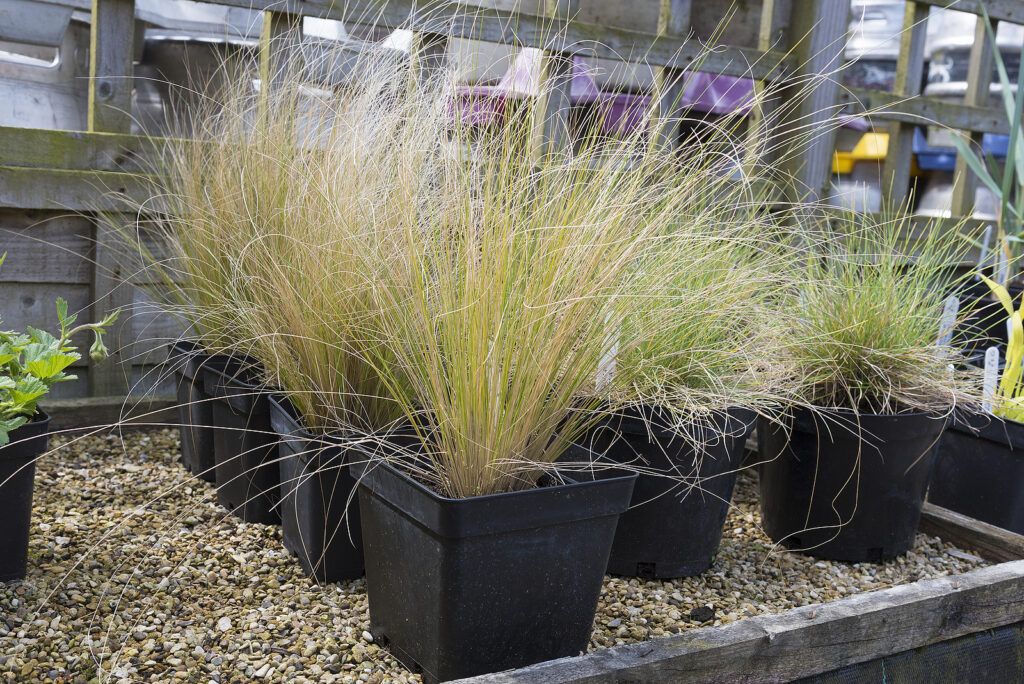
Lawns and Ground Covers: Mow and edge the lawn as needed. Mow the lawn regularly from now on in southern areas, seed or sod summer lawn grasses. Continue to mow fine lawns at least once a week, a coarser grass once a fortnight. Begin to mow areas naturalized with early-flowering spring bulbs when the leaves have died down. Water new lawns thoroughly in dry weather. Water established lawns weekly in dry weather, new plants, and seeded areas as needed. Seed or sod new lawn areas. Sod new lawn area with Zoysia or Bermuda. Plugs of these grasses are available now. Protect newly sown seeds from birds and water regularly. Feed established lawns; apply weed control; water deeply in dry spells. Continue to repair lawn edges and damaged areas to keep the lawn looking at its best. Repair, reseed, or replace worn-out or bare areas of turf. Prevent floppy edging plants from creating bare patches on the lawn by staking them discreetly with pea sticks. Level off uneven areas of the lawn. Use a half-moon edger to neaten any ragged edges. Feed poorly growing turf with a high-nitrogen fertilizer. Remove individual weeds using an old kitchen knife or a spot-weeding treatment. If necessary, apply a selective weed killer. Prune ground covers. Divide and transplant ground covers and perennial ornamental grasses. Cut back ornamental grasses to encourage new growth. Finish planting ground covers and ornamental grasses. Take ground cover stem cuttings for propagation. Layer ground cover stem cuttings for propagation. Check for insects, diseases.
Perennials: Deadhead faded flowers. Remove dead flowers from delphinium, foxglove, and other early-blooming perennials. Shear candytuft and basket-of-gold. Thin out weak stems on clumps of established perennials removing up to half. Pinch back late-flowering perennials to create bushy plants. Pinch stem tips off chrysanthemums until mid-July. Pinch out the growing tips of golden rod, Heleniums, Michaelmas daisies, Phlox, and tall Rudbeckias to induce branching. Divide early bloomers when they finish flowering. Divide and transplant summer- and fall-flowering perennials. Plant container-grown perennials; protect new plants with shade cloth. Plant young perennials started from seed into a nursery bed where they can grow until autumn. Plant out and stake chrysanthemums and dahlias at the month’s end. Plant out crinums and lilies potted up in the greenhouse. Plant out Antirrhinum and Penstemon raised from autumn cuttings or sowings. Make sure to harden them off gradually first. Take root cuttings of Delphinium, Lupinus, and herbaceous Phlox. Sow biennials and perennials in an outdoor nursery bed or cold frame. Sow seeds of Achillea, Alcea, Aquilegia, Delphinium, Erigeron, and Lychnis. Plant herbaceous plants. Water newly planted perennials. Water when needed, especially plants with buds or flowers. Water if leaves are wilted. Feed perennials and biennials, now in strong growth, with low –nitrogen fertilizer; all perennials after bloom. Stake tall-growing, early perennials to prevent breakage. Weed beds and borders if not mulched. Watch for pests and signs of disease. Continue hoeing to prevent weeds from germinating. Apply summer mulch. Stake tall-growing perennials and border carnations. Watch for pests and signs of disease.

Bulbs: Deadhead spring bloomers when flowers fade; remove yellowed foliage. Twist or plait bulb foliage and set out bedding plants in bulb beds. Tie up floppy daffodil leaves with rubber bands to control them. Divide and transplant crowded spring bloomers after bloom but before the foliage dies. Dig and discard tulips and hyacinths or store bulbs to replant in the fall. Dig up and divide irises, daylilies, and Oriental poppies after they finish blooming. Dig and store bulbs that cannot tolerate wet soil in summer in a cool, dry location. Mark overcrowded clumps for transplanting in July. Lift spring-flowering narcissus and tulip bulbs if beds are needed for summer bedding. Heel in the bulbs until the foliage has withered. to plant summer-flowering bulbs after frost is past. Set out tuberous begonias. Plant summer-blooming bulbs, such as cannas, gladioli, and tuberous begonias. Plant ranunculus tubers. Set out tuberous begonias late in the month; set out caladiums in June. Fertilize summer bulbs as they begin to grow. Put stakes in place for tall dahlias and gladiolus. Weed bulbs. Apply mulch for summer. Water as necessary.
Annuals: Cut flowers for indoor displays. Cut flowers for drying. Deadhead faded flowers. Pinch back tall-growing plants. Pull early annuals as plants fatigue; replace with summer bloomers. Clean up and compost spent annual plants. Plant tender annuals outdoors. Plant annuals around spring bulbs to hide the foliage. Sow sweet peas where they are to flower. Continue to direct-sow annuals such as Linaria, Mesembryanthemum, annual Rudbeckia, sunflowers, Tagetes, and Virginian stocks. Fertilize new transplants and sweet peas with liquid fertilizer. Begin to thin out seedlings of any annuals sown directly into the ground. Thin seedlings. Train vines and climbing annuals. Water in dry weather. If you expect a dry summer, install drip irrigation lines. Weed as necessary. Mulch flower beds. Mulch cordon-grown sweet peas; tie in the stems and punch outside shoots and tendrils. Feed chrysanthemums every 3 or 4 weeks; pinch back 3 times, last pinching in early July; water deeply; mulch for summer; give all-purpose spray as needed.Fertilize plants. Watch for pests and signs of disease. Place snail and slug bait and protect seedlings from birds. Combat pests and fungal disease using organic means, applying insecticides and fungicides only if necessary.
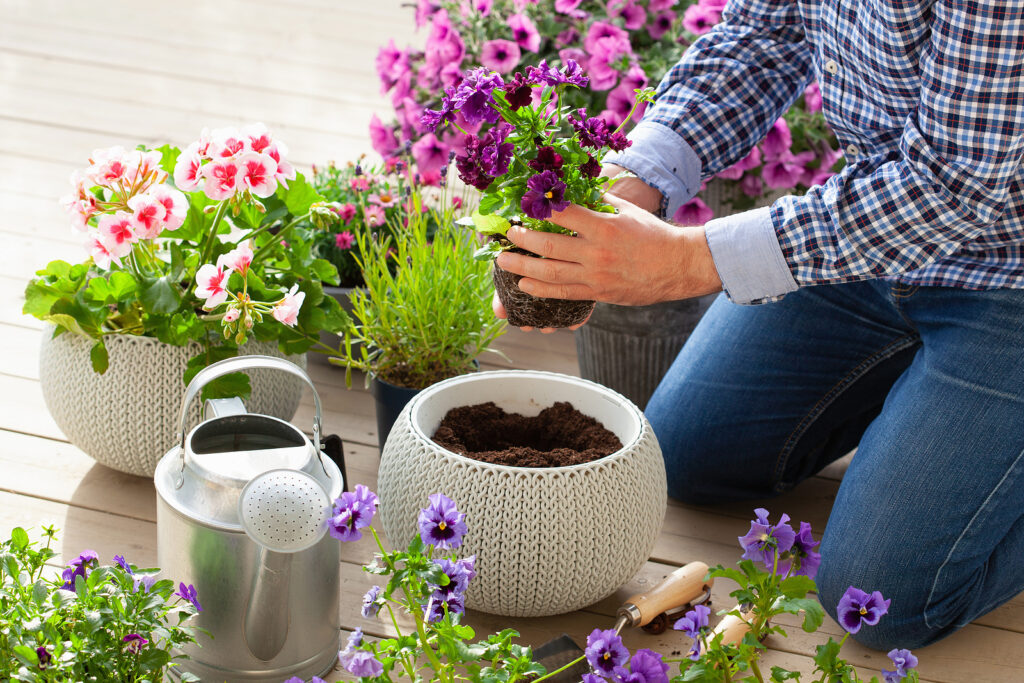
Container Gardens: Deadhead faded flowers of earlier plantings. Towards the end of the month, empty window boxes and other containers of spring bulbs and other plants. Heel in bulbs in a spare corner until the foliage dies down, then lift and store. Plant summer container plants when the danger of frost is past. Plant up hanging baskets and wall hangers early in the month if you have a greenhouse or conservatory space in which to keep them protected for three or four weeks before putting them outside. Plant out fuchsias and pelargoniums that have been overwintered and hardened off. Plant up a half basket or wall pot. Clip topiary specimens of bay and yew to shape. Harden off tuberous begonias in a cold frame. Use a water-retaining polymer when mixing compost for tubs and hanging baskets that can dry out quickly. To reduce the need for constant feeding, mix slowing-release fertilizer granules into the compost for summer containers before planting. Feed new transplants with liquid fertilizer. Water as needed. Watch for pests and signs of disease.
Rock and Water Gardens: Lightly prune alpine shrubs that have finished flowering. Trim aubrietas and mossy saxifrages after flowering to prevent self-seeding and to promote compact growth and encourage a second flowering. Spread fine soil mixed with fertilizer between ragged clumps of saxifrages and sedums. Continue to keep weeds under control in the rock garden. If not done last month, lift overgrown clumps of water lilies. Divide and replant large clumps of marginal plants in the pond. Set out water lilies in their boxes when the water temperature reaches 70. Continue to plant deep-water aquatics, bog, and marginal plants in and around the pond. Continue to remove algae from the pond with a net or rake. Stock the pond. In dry weather, flood the bog garden to keep plants moist.
Greenhouse: Protect greenhouse plants from the heat with greenhouse shading or special shading paint. Pot on young dahlias and chrysanthemum plants if they need it. Prick out or pot up late-sown bedding plants. Take leaf cuttings of Saintpaulas and Streptocarpus. Take dahlia cuttings. Start begonia and gloxinia tubers into growth. Pot established begonias, chrysanthemums, Cyclamen, and gloxinias as necessary. Pot up pelargonium and fuchsia cuttings rooted earlier. Pot up or pot on into larger pots chrysanthemums rooted earlier. Plant up hanging baskets, barrels, and other containers. Leave them in a greenhouse or cold frame until all danger of frost has passed. Place tropicals in pots outdoors in shady, enriched beds, after repotting if necessary. Feature large specimens on the patio. Feed pot plants and seedlings regularly. Water seedlings with a copper-based fungicide. Introduce biological controls to keep down pests such as greenhouse whiteflies and spider mites. Check for powdery mildew, gray mold, aphids, and other problems. Take immediate action.
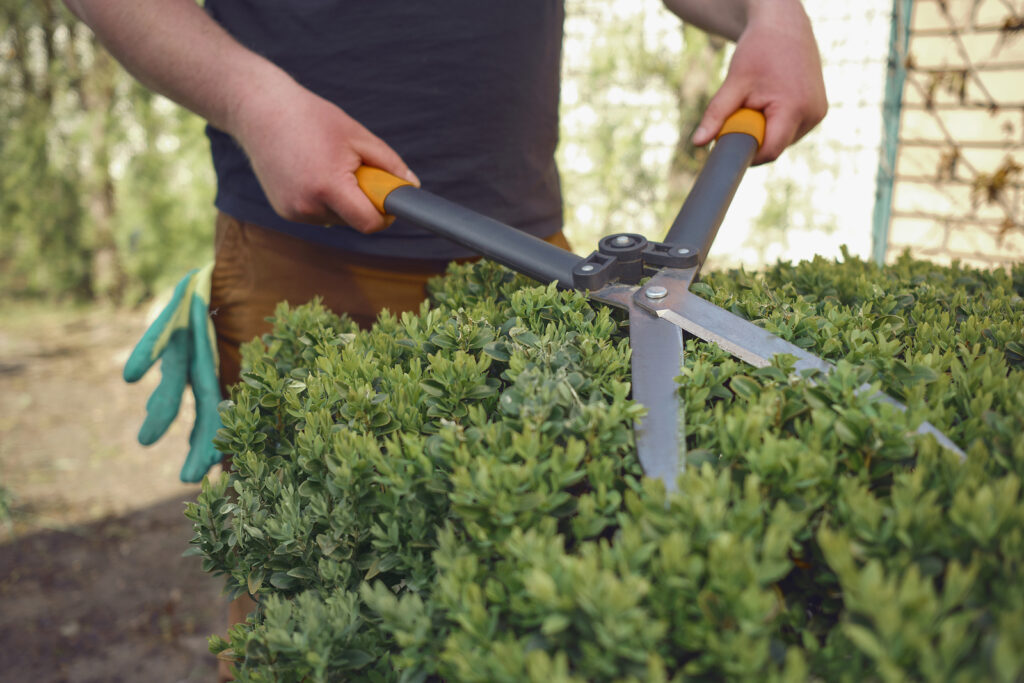
Tips for Zones 4-5:
General Tasks: In cold regions, the weather can still be chilly in early spring, but in mild climates, you can make a start on many outdoor jobs. If sowing or planting outdoors, bear in mind that the soil temperature, as well as air temperature, is important. Few seeds will germinate if the soil temperature is below 45°F (7°C), so use a soil thermometer to check before you sow. As soon as the ground can be worked, add soil amendments, humus, and manure. Keep the garden free of weeds. Water as needed. Spray with insecticides and fungicides if needed.
Trees: Remove trees that are weak or rotted. Prune trees. Prune winter-damaged growth and wood damaged by a late frost. Prune shade trees and summer- and autumn-flowering trees. Prune spring-flowering trees after they bloom. Shear fine-needled evergreens. Fertilize trees with slow-release fertilizer as growth starts. Plant bare-root trees. Plant container and balled-and-burlapped trees. Install supports for newly planted trees. Water and mulch newly planted trees. Transplant trees. Remove winter mulch and burlap wrappings. Weed soil around trees; apply preemergent herbicide. Apply summer mulch. Check for insects, diseases.
Shrubs: Remove burlap screens. Prune spring-flowering shrubs. Prune out winter damage. Prune spring-flowering shrubs after bloom; prune conifers in active growth. Shear formal hedges. Fertilize shrubs as growth starts. Test soil pH around established shrubs and adjust, if necessary. Plant shrubs. Finish planting bare-root stock early in the month. Plant balled-and-burlapped and container-grown stock. Plant evergreens, container-grown trees, and shrubs. Transplant shrubs. Begin water if the weather is dry. Watch for pests and signs of disease. Fertilize all beds and borders of plants about to bloom, also spring-flowering shrubs. Weed soil around shrubs. Apply mulch for summer. Check for insects, diseases. Remove faded flowers and shrubs. Take stem cuttings of woody plans for rooting. Layer stems and vines for propagating.
Roses: If late frost strikes, prune damaged new growth. Plant bare-root roses when soil is workable. Plant container-grown stock. Deadhead faded flowers. Fertilize. Remove suckers. Remove side buds to encourage large single blossoms or remove terminal buds to encourage clusters of blossoms. Apply granular fertilizer. Apply supplemental liquid fertilizer. Water once a week if the weather is dry. Weed soil. Mulch plants when the soil warms. Watch for disease symptoms when leaves begin to grow. Watch for pests.
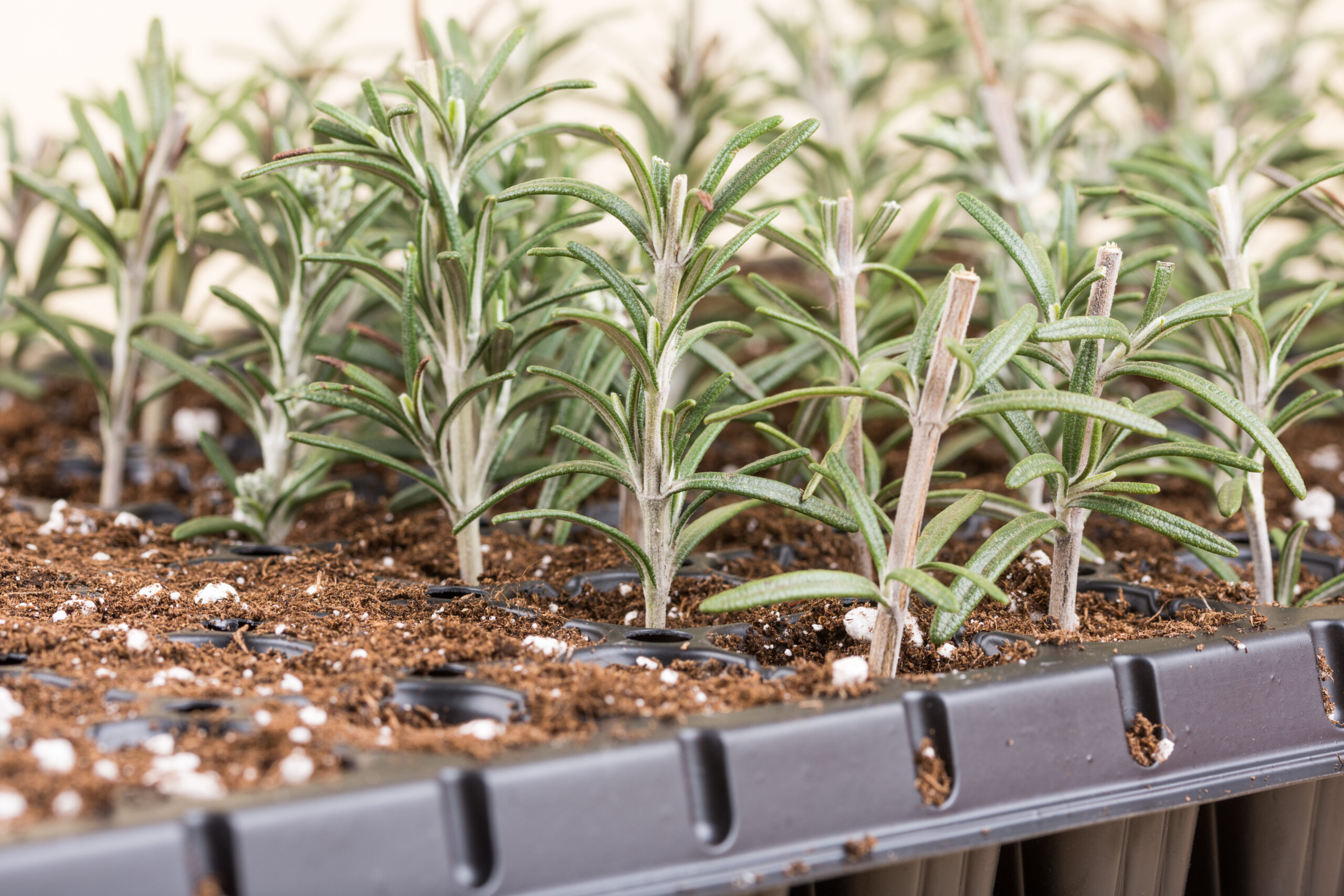
Lawns and Ground Covers: Rake the lawn clear of twigs, leaves, and other debris that may be clogging the surface. To prevent scalping, cut the lawn with lawnmower blades set reasonably high. Neaten lawn edges with edging shears. Brush off worm castings regularly. Sow new lawns as soon as areas are ready; the earlier the better or lay sod or plant plugs. Fertilize established lawns, begin mowing. If not done last month, aerate the lawn and dethatch if necessary. Remove snow mold. Loosen bare spots, add compost, and reseed. Begin mowing lawn when the grass is three inches high but cut high initially. Plant ground covers. Plant annual and perennial ornamental grasses. Take ground cover stem cuttings for propagation. Layer ground cover stem cuttings for propagation. Divide ground covers and perennial ornamental grasses. Prune ground covers. Fertilize ground covers and ornamental grasses. Apply mulch for summer. Water as needed. Check for insects, diseases.
Perennials: Complete bed preparation. Sow perennial seeds indoors. Plant bare-root perennials. Plant container perennials. Divide and transplant summer- and fall-flowering perennials. Fertilize spring bloomers when they start to grow. Divide early spring bloomers when they finish blooming. Thin out overgrown plantings. Fertilize as growth starts. Cut back ornamental grasses. Stake plants. Weed beds and borders. Water if needed. Edge gardens. Apply summer mulch.
Bulbs: Prepare soil for planting summer bulbs; plant out when all danger of frost is past and soil is warm. Fertilize late bulbs as they begin to grow. Deadhead spring bloomers when flowers fade; leave the foliage in place. Remove yellowed foliage. Dig and store bulbs that cannot tolerate wet soil in summer in a cool, dry location. Plant gladiolus corms. Make succession plantings every two weeks for six weeks. Other half-hardy bulbs can go in now. Tuberous begonias are set out when the weather has settled and soil is frost-free; caladium not until night temperature is above 40°F (4.4°C). Apply mulch for summer. Water as necessary.
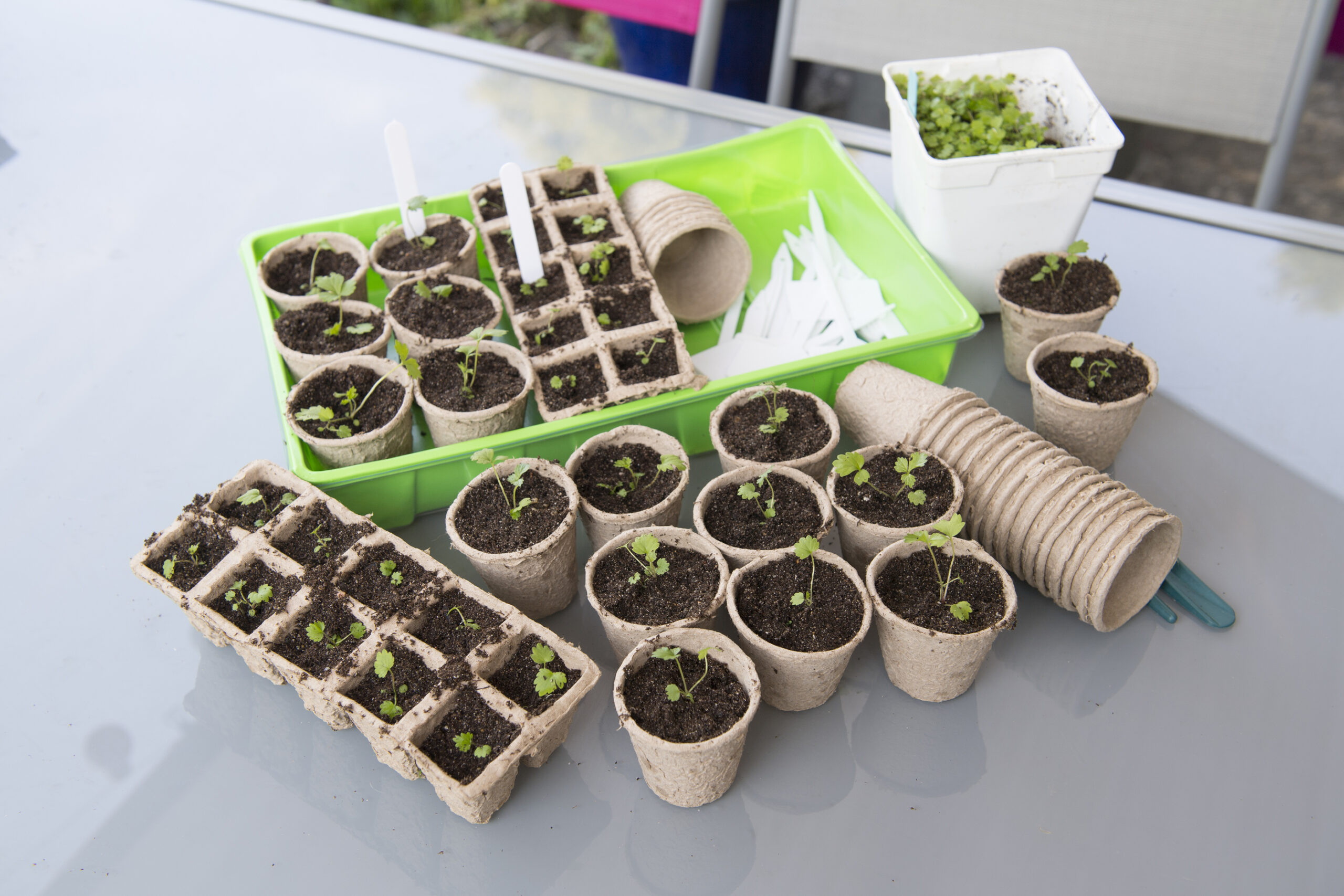
Annuals: Protect tender plants from unexpected frosts if needed. Direct-sow or plant our hardy annuals when the danger of heavy frost is past. Sow sweet peas. Sow half-hardy annuals like marigolds, zinnias, and petunias. Sow Adonis, Brachycome, Centaurea, Clarkia, Convolvulus, and Eschscholzia. Plant out seedlings of summer annuals when all danger of frost is past. Plant annuals in window boxes. Thin seedlings. Water as necessary. Place snail and slug bait and protect seedlings from birds. Combat pests and fungal disease using organic means, applying insecticides and fungicides only if necessary. Train vines and climbing annuals. Weed beds. Mulch flower beds.
Container Gardens: Set out transplants of pansies and cool-weather vegetables, small shrubs, and small trees in containers when the danger of heavy frost is past. Feed new plants with liquid fertilizer. Check tender container plants moved indoors for winter.
Greenhouse: Take cuttings of bedding plants such as fuchsias, heliotropes, marguerites, and pelargoniums. Sow seeds of Anemone, Antirrhinum, Aster, Dianthus, Lobelia, Petunia, Salvia, Tropaeolum, and Verbena. Take chrysanthemum cuttings. Start off begonia and gloxinia tubers. Pot up pelargonium and fuchsia cuttings rooted earlier. Pot up chrysanthemums rooted earlier. Take dahlia cuttings. Sow seeds of bedding plants and pot plants. Pick out or pot up seedlings sown earlier. Increase ventilation on warm days. Check plants for signs of pests and disease, which often begin to multiply rapidly as the temperatures rise.
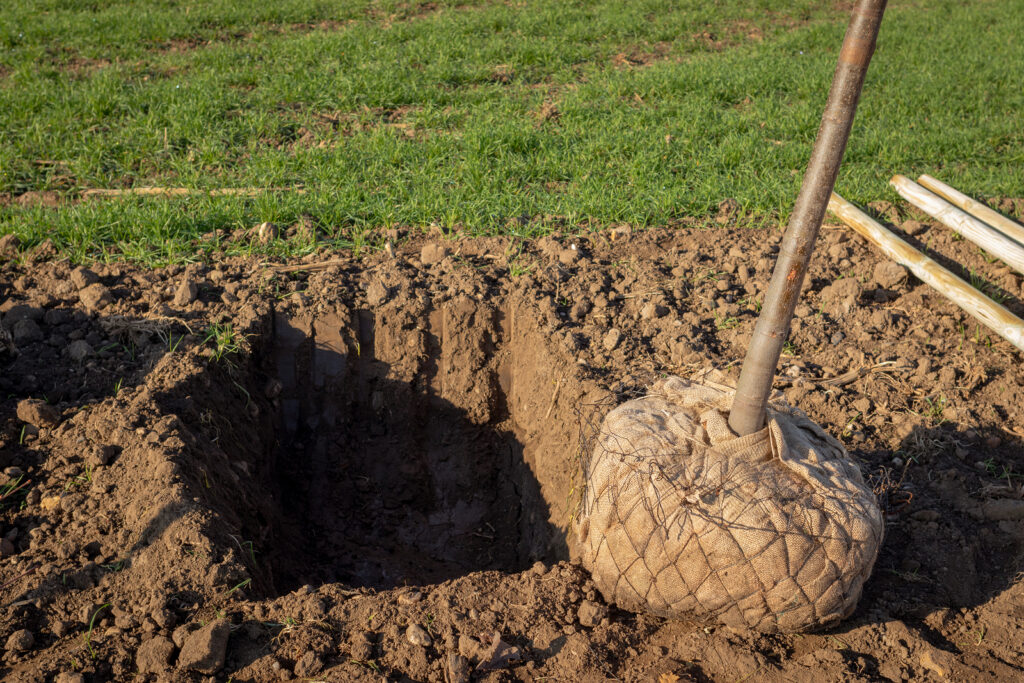
Tips for Zones 1-3:
General Tasks: In cold regions, the weather can still be icy in early spring, but in mild climates, you can make a start on many outdoor jobs. As soon as the ground can be worked, add soil amendments, humus, and manure, and fertilizer. Turn these under and rake planting beds smooth. Prepare for planting and sowing. If sowing or planting outdoors, bear in mind that the soil temperature, as well as air temperature, is important. Few seeds will germinate if the soil temperature is below 45°F (7°C), so use a soil thermometer to check before you sow. Keep the garden free of weeds. Prepare soil for planting.
Trees: Remove winter mulch and burlap wrappings. Plant potted, bare-root trees, and balled-and-burlapped trees. Install supports for newly planted trees. Water and mulch newly planted trees. Transplant trees. Prune shade trees and summer- and autumn-flowering trees. Prune spring-flowering trees after they bloom. Remove trees that are weak, rotted, or tangled in utility wires. Prune out winter damage. Shear fine-needled evergreens. Fertilize trees with slow-release fertilizer as growth starts. Apply horticultural oil. Weed soil around trees; apply preemergent herbicide. Apply summer mulch. Check for insects, diseases.
Shrubs: Remove burlap screens. Plant bare-root trees and shrubs. Plant container-grown shrubs. Transplant shrubs. Prune summer- and autumn-flowering shrubs. Prune out winter damage. Shear formal hedges. Fertilize shrubs as growth starts. Test soil pH around established shrubs and adjust, if necessary. Weed soil around shrubs. Check for insects, diseases. Apply horticultural oil spray. Apply mulch for summer. Water and mulch newly planted shrubs. Propagate shrubs by layering. Check supports for climbing shrubs.
Roses: Uncover and unhill mounded soil protecting roses. After the last frost, prune damaged new growth from shrub roses. Plant bare-root stock when soil is workable. Remove suckers. Plant container-grown roses. Remove side buds to encourage large single blossoms or remove terminal buds to encourage clusters of blossoms. Deadhead faded flowers. Apply granular fertilizer. Apply supplemental liquid fertilizer. Begin spraying regularly with a fungicide and watch for black spot, mildew, and rust. Weed soil. Apply mulch for summer. Water as necessary. Spray against insect pests. Remove and discard or burn diseased leaves.
Lawn and Ground Covers: Rake the lawn clear of twigs, leaves, and other debris that may be clogging the surface. Brush off worm castings regularly. When soil is dry enough to walk on, aerate the lawn and dethatch if necessary. Start mowing the lawn but set the blades high to avoid scalping the lawn. Neaten lawn edges with edging shears. When the soil becomes workable, sow grass seed; lay sod; plant plugs. Fertilize the lawn for the first time if two or three feedings are needed. Plant ground covers. Plant annual and perennial ornamental grasses. Take ground cover stem cuttings for propagation. Layer ground cover stem cuttings for propagation. Divide ground covers and perennial ornamental grasses. Prune ground covers.
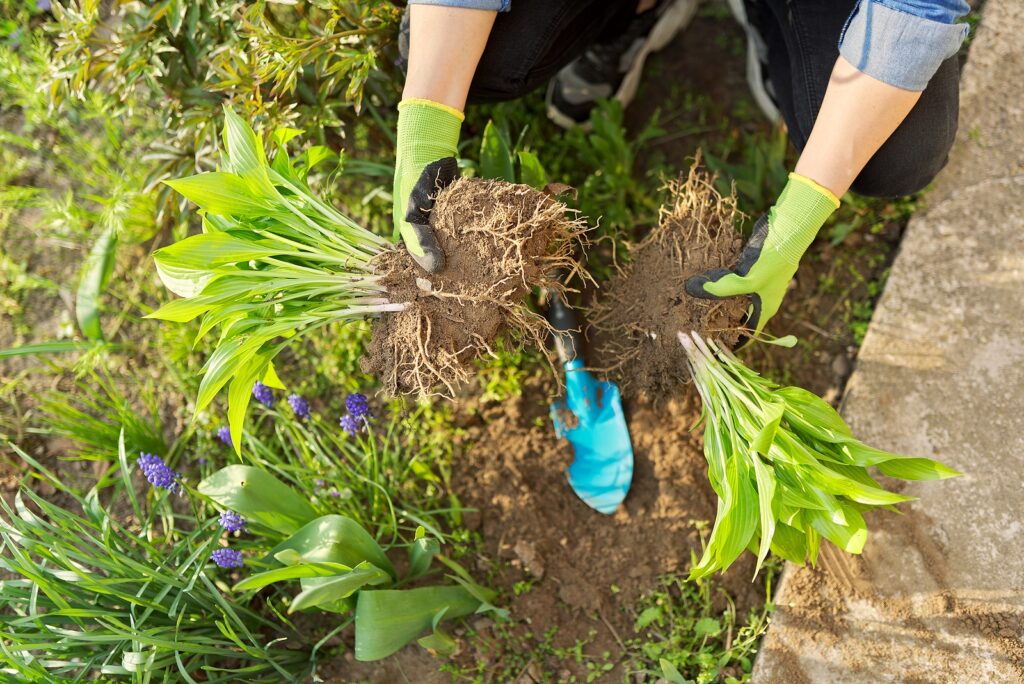
Perennials: Remove fallen leaves, twigs, and branches from the garden. Remove winter mulch. When soil is workable plant new perennials. Dig and divide crowded summer bloomers. Sow perennial seeds indoors. Set seedlings outdoors. Plant bare-root perennials. Plant container perennials. Divide and transplant summer- and fall-flowering perennials. Thin out overgrown plantings. Fertilize as growth starts. Cut back ornamental grasses. Stake plants. Weed flower beds. Water if the ground is dry. Check for insects, disease. Apply summer mulch. Plant chrysanthemums. Disbud peonies.
Bulbs: Fertilize late spring bulbs as they begin to grow. Remove faded flowers. Remove yellowed foliage. Weed bulb beds. Prepare beds for planting. Plant out hardy bulbs that have grown inside over the winter when the ground is no longer frozen. Feed and water them well. Lift, divide, and replace crowded clumps of snowdrops as soon as the flowers have faded. Plant summer-flowering bulbs after the last frost.
Annuals: Direct-sow or plant our hardy annuals when the danger of heavy frost is past. Prepare soil for future planting. Prepare and fertilize the soil of flower beds as soon as the ground can be worked. Start annuals in the cold frame, then plant outdoors. Plant annuals in window boxes. Thin seedlings. Water as necessary. Combat pests and fungal diseases using organic means, applying insecticides and fungicides only if necessary.
Container Gardens: Set out transplants of pansies and cool-weather annuals in containers when the danger of heavy frost is past. Check tender container plants moved indoors for winter.
Greenhouse: Sow indoors or in frame half-hardy annuals and perennials. Harden off plants before setting them outdoors. Take cuttings of bedding plants such as fuchsias, heliotropes, marguerites, and pelargoniums. Sow seeds of Anemone, Antirrhinum, Aster, Dianthus, Lobelia, Petunia, Salvia, Tropaeolum, and Verbena. Take chrysanthemum cuttings. Start off begonia and gloxinia tubers. Pot up pelargonium and fuchsia cuttings rooted earlier. Pot up chrysanthemums rooted earlier. Take dahlia cuttings. Sow seeds of bedding plants and pot plants. Pick out or pot up seedlings sown earlier. Increase ventilation on warm days. Check plants for signs of pests and disease, which often begin to multiply rapidly as the


